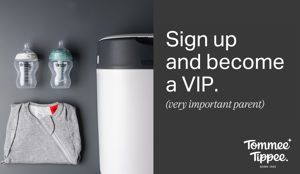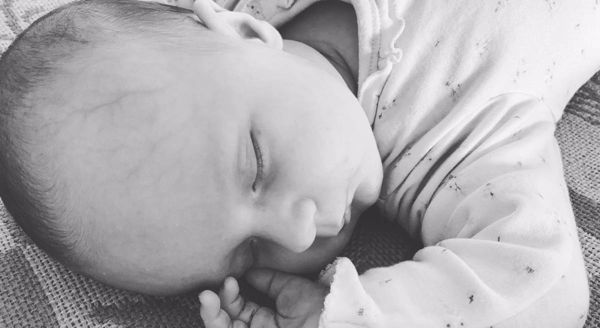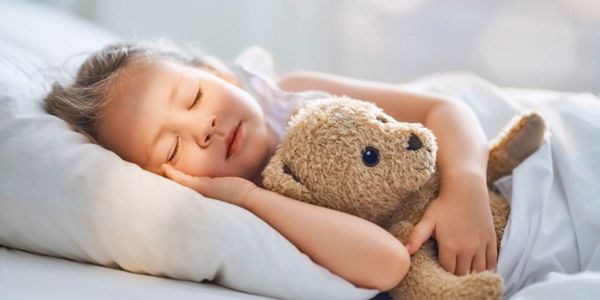Putting your baby to sleep can be one of the most stressful things new parents can experience, the constant thoughts about when they will need changing or if they will spontaneously wake up can be more tiring than anything else, but something many parents forget to consider when it comes to their baby’s bedtime routine is what their baby should be wearing.
A great way to start off how you think about what your baby should be wearing is to use the general rule of thumb that your baby should wear one extra layer than you would to bed. This, however, is a rule that is subject to change depending on conditions, as depending on whether it is more extremely hot or cold, it may be necessary to change the number of layers you give your baby.
The room your baby sleeps in should ideally be kept at between 16 and 20 degrees celsius, as this helps reduce the risk of SIDS. To help with this, it could be a great idea to get your hands on a room thermometer, either in the form of a baby monitor with temperature monitoring or a bog-standard thermometer, as this will give you accurate information from which you can decide how many layers you want to put on your baby.
In the recommended conditions (16-20 degrees celsius), your baby should only need a babygro or onesie, alongside a 1 to 2.5 tog baby sleeping bag, however since every baby is different there is no guarantee that this will be the case for every child. In slightly hotter or colder temperatures, what your child will wear to bed may change, however, so here is our breakdown of what you need to know.
Sleeping Clothes for Hotter Weather
As the weather gets warmer, your baby is inevitably going to need less clothing on for whilst they sleep, in fact, in weather of over 22 degrees celsius, your baby may only need a vest and a 0.5 or 1 tog baby sleeping bag! They may even only need a vest if the temperature exceeds 27 degrees!
The biggest risk when it comes to your baby’s sleep in hotter weather is the risk of them overheating, some of the signs that your baby is overheating include:
- Flushed/red cheeks
- Heat rash
- Damp hair
- Sweat
- Rapid Breathing
- Clammy or hot tummy
If your baby is showing any of these symptoms, remove a layer of clothing from them and then check on them around ten minutes later to see if they have improved, you can also open a window (if it is safe to do so) to allow some cooler air into the room.
Sleeping Clothes for Colder Weather
In colder weather, your baby may need to have a greater number of warmer layers on to keep them warm, this could therefore mean a vest, onesie or bodysuit, and 2.5-3.5 tog baby sleeping bag.
Something to remember when the weather gets colder is that although it may seem tempting, do not put your baby in hats, gloves or any extra clothing of that sort while they sleep, as since these are loose items there is a risk of them blocking your baby’s airway. A simple rule to follow when it comes to adding layers is they need to be tight, so no loose items or blankets, if you want to use a blanket instead of a baby sleeping bag, ensure it is properly tucked around your baby so it cannot become loose, also remember that if you choose to fold the blanket in half, that doubles its tog rating, meaning your baby will be warmer, but also potentially too warm.





